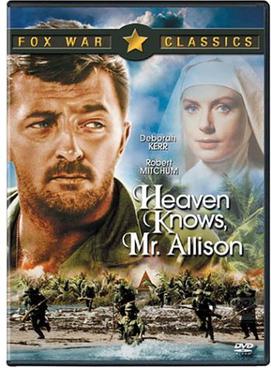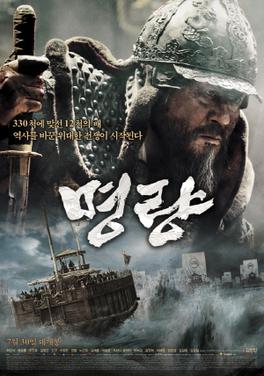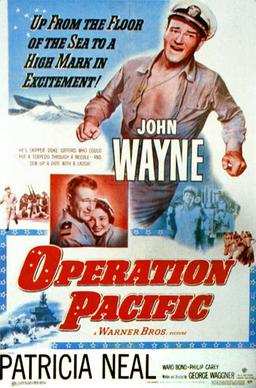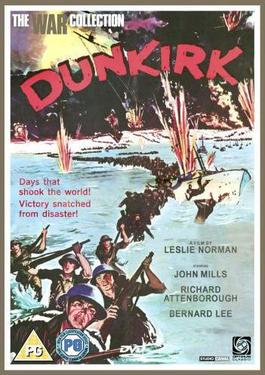VS.
“Heaven Knows, Mr. Allison” was based on a novel by
Charles Shaw. John Huston and John Lee
Martin adapted the screenplay and Huston directed. Huston and 20th Century Fox
envisioned it as a successor to “The African Queen”. You’ll enjoy it more if you forget that. It stars Robert Mitchum and Deborah Kerr. It was the first of their four screen
pairings. They became good friends
during the filming as Mitchum bonded with her when she would curse while
wearing her nun costume. She gamely put
up with the drunken binges of her director and co-star. She ended up being nominated for Best
Actress. Huston and Martin were
nominated for Best Adapted Screenplay.
It was a screenplay that was vetted by the National Legion of
Decency. The Catholic Church also had a
hand in monitoring the production to protect the image of its nuns. The movie was filmed on Trinidad and Tobago.
The actors to portray the Japanese-speaking soldiers had to be brought in from
a Japanese community in Brazil.
The
movie opens with a stranded Cpl. Allison (Mitchum) coming ashore on a little
island in the Pacific. There is a
deserted village, but he meets a lone nun named Sister Angela (Kerr) who
maintains the church. What Allison hopes
is an Adam and Eve scenario ends when the Japanese arrive and the duo goes into
hiding. Close proximity and the tension
of being prey could lead to something.
If the Catholic Church was not on the set.
“Heaven
Knows, Mr. Allison” was a popular movie, but as a war movie it is nothing to get
excited about. It is more of a character
study than a war film. There is little
suspense, even when Allison sneaks into the Japanese camp. This is a shame as the situation should have
lent itself to some edging to the front of your seat. The movie is too busy toying with the “will
they or won’t they?” question. The leads
do have a lot of chemistry and Mitchum and Kerr were great actors, but the
moral restraints placed on the script hindered a realistic portrayal of two
beautiful people marooned on an island.
Actually, Kerr’s Angela is an authentic character. Or, what the Catholic Church would have us
believe is a typical nun. As far as
Mitchum’s gyrene, we get a family-friendly leatherneck. He is one of the more saintly Marines you
will run into in a war movie. (Maybe the
Marine Corps was on set also.) Mitchum’s
dialogue sounds phony and the romantic arc is unrealistic. It is rushed due to cinematic time
constraints. We go from “hey lady, get
real” to “I never realized how attractive you are” to “let’s make the best of
the situation” to “marry me” to “admit it, you want it too” to “I respect you”
too patly. The “supervision” of the film
caused a watering down of the theme comparing the Marine Corps to the Catholic
Church. The biggest problem with “Heaven
Knows” is that the plot makes little sense. Specifically, the actions of the Japanese
are unrealistic. (For instance, the
Japanese actually invade the island twice!) At least they speak with no
subtitles and are not demonized.
“Father
Goose” was Cary Grant’s second-to-last screen role. He turned down the role of Henry Higgins in
“My Fair Lady” because he wanted to play against his usual suave characters and
instead play a role that was close to his actual personality. Apparently, the real Grant liked to dress like a bum and yell at kids to
get off his lawn. The movie was directed
by Ralph Nelson (“Soldier Blue”). The
screenplay was an adaptation of the short story “A Place of Dragons” by S.H.
Barnett. Peter Stone and Frank Tarloff
won an Oscar for the screenplay. The
movie was nominated for Film Editing and Sound.
The song “Pass Me By” was not nominated but was later a hit for Peggy
Lee and was recorded by Frank Sinatra and others. The movie was filmed in Jamaica. It was a big hit.
The
movie opens in early 1942 with the Japanese rampaging through the Southwest
Pacific. Walter Eckland (Grant) is a
loner who couldn’t care less about the war effort. He is “recruited” by Commander Broughton
(Trevor Howard) of the Royal Australian Navy to be a coast watcher. The curmudgeonly Eckland is more civilian
than most civilians, but he is given no choice.
He is deposited on a deserted island with a radio. To get him to file periodic reports,
Broughton has hidden whiskey bottles and reveals their locations only upon receipt
of the reports. When he is sent to
rescue another coast watcher, Eckland instead is saddled with a school teacher
named Catherine (Leslie Caron) and her seven girl charges. The situation is reminiscent of Felix Unger
moving in with Oscar except that Felix is a woman and she brings teenage girls
with him. Eckland tops Oscar by being
not only a slob, but also an asshole.
Naturally, “Mother Goose” (Eckland’s code name) gets along with “Goody
Two Shoes” like an old mutt with a Persian cat.
Eckland hurls a lot of invective such as “you should carry a tambouring
and put fig leaves on statues”. Oh,
snap! These two have as much chance of
falling in love as that old mutt and the Persian cat. Unless this is a movie.
“Father
Goose” is fluff, but it is well done fluff.
The confection has one prime ingredient – Cary Grant. He has fun playing against type and Caron is
an excellent foil. They have chemistry
and this makes the absolutely predictable romance watchable. Like “Heaven Knows, Mr. Allison”, the
romantic arc is too rushed, but hell, there’s a war going on. In most ways, the movie is more of a romantic
comedy than a war movie. As far as the
comedy part, the movie is fairly amusing.
Grant gets some funny lines (he had his writers on call), as does
Howard. Although it co-stars the
venerable war movie stalwart Howard, his Boughton is mainly there to facilitate
the comedy. He seems to have had fun as
well. It’s not often you get to top a
Cary Grant character. His character is
the key to making the movie above average.
For a comedy, it is surprisingly more suspenseful than “Heaven
Knows”. You’re not going to lose sleep,
mind you. Another surprise is that it
actually has more of an “The African Queen” vibe than the other movie. The two main characters are much closer to
Charlie and Rose than Allison and Angela are.
Speaking of which, although the script is competent, it hardly deserved
an Oscar. (It beat out “Hard Day’s
Night”!) “The African Queen” was only
nominated.
Both
movies are better as movies than war movies.
However, “Father Goose” is more entertaining and less unrealistic in its
handling of an unrealistic situation. At
least, there were coast watchers that served in the Pacific. I wouldn’t say that the movie honors them,
however. “Father Goose” is just more
comfortable in the romantic comedy genre than “Heaven Knows, Mr. Allison” is in
the romantic genre. “Heaven Knows” was
crippled by the production code and the blue noses and clergymen who
scrutinized it. It also fumbled the trapped
scenario. The two are very much of their
times, but “Father Goose” would fit well into today’s rom-com environment. “Heaven Knows” is too uptight to find a
modern audience.
GRADES:
Heaven Knows = C-
Father Goose = B-








.jpg)

